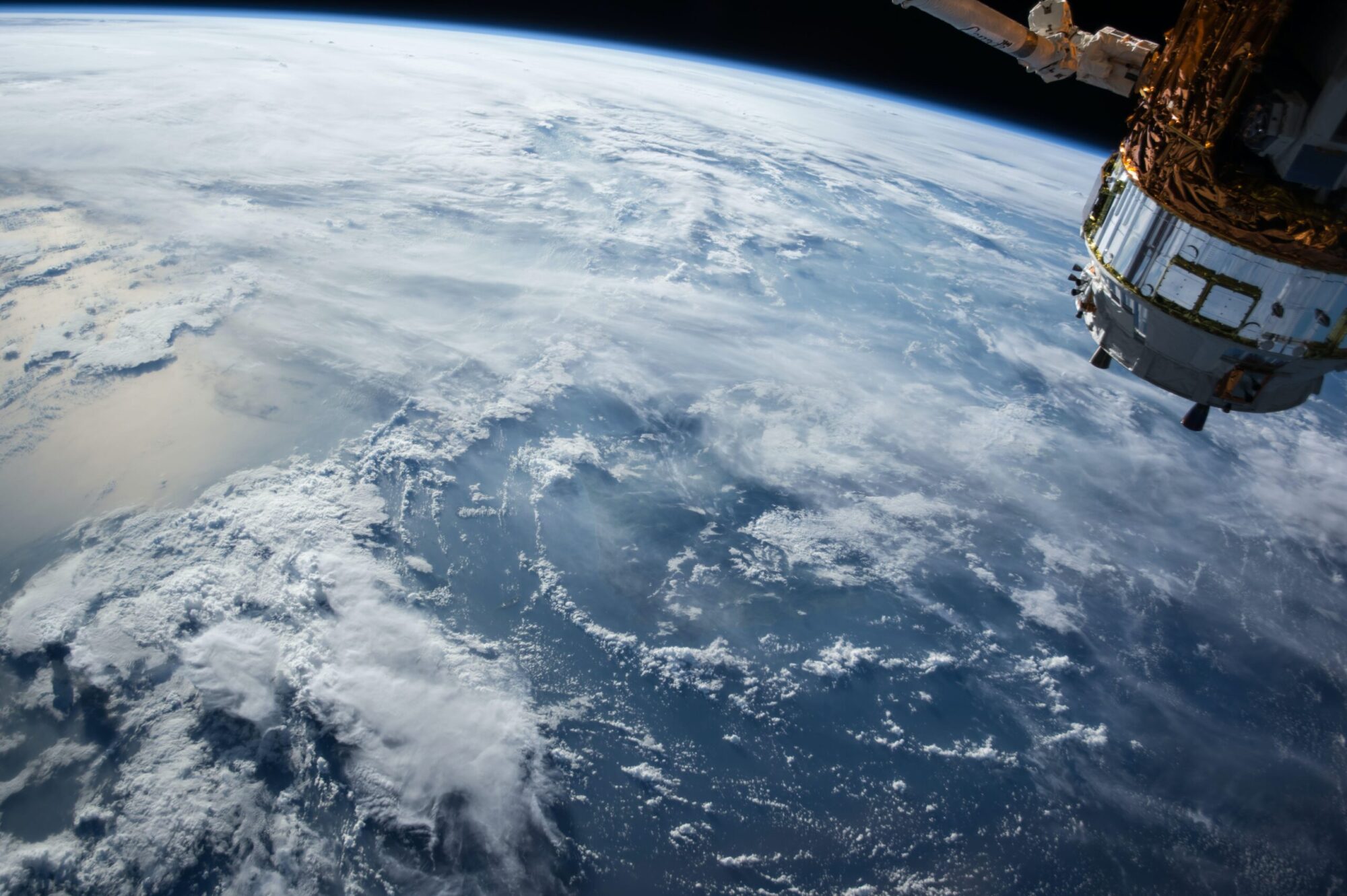In our rapidly globalizing world, where cultures intermingle more than ever before, the importance of cultural preservation cannot be overstated. The rich tapestry of human heritage, composed of languages, traditions, art, and histories, is at risk of fading into the background as globalization continues to reshape societies. This article delves into the significance of preserving cultural identity in an increasingly interconnected world, emphasizing the need for a harmonious coexistence of tradition and progress.
The Globalization Challenge
Globalization, characterized by the free flow of ideas, goods, and people across borders, has undoubtedly brought about numerous benefits. It has accelerated economic growth, facilitated the exchange of knowledge, and connected diverse communities. However, it has also raised concerns about cultural homogenization, where dominant cultures and global brands overshadow local identities.
- Preserving Language and Tradition
One of the most vital aspects of cultural preservation is the safeguarding of languages and traditions. Languages hold the essence of a culture’s identity, representing its unique history, values, and worldview. However, many indigenous and minority languages are threatened with extinction due to the dominance of major languages in the global arena. This loss not only erases linguistic diversity but also endangers traditional knowledge and cultural practices embedded in these languages.
Efforts to preserve languages include revitalization programs, documenting oral traditions, and integrating language education into schools. Initiatives like the revitalization of Maori in New Zealand or the preservation of endangered Native American languages demonstrate that it is possible to revive and protect linguistic diversity.
- Cultural Heritage Conservation
Cultural heritage, encompassing art, architecture, rituals, and historical sites, embodies the essence of a society’s identity. Yet, urbanization, globalization, and climate change pose threats to the preservation of cultural heritage. Iconic landmarks, ancient ruins, and traditional crafts are at risk of being lost to time.
Preservation efforts involve the restoration and conservation of historical sites, the protection of endangered species and ecosystems tied to cultural practices, and the promotion of traditional craftsmanship. UNESCO’s World Heritage Sites program plays a pivotal role in safeguarding these treasures for future generations.
- Celebrating Diversity
Cultural preservation is not about isolating communities from the broader world but celebrating diversity and fostering intercultural dialogue. In a globalized society, understanding and respecting different cultures is essential for peaceful coexistence. Cultural exchange programs, multicultural festivals, and educational initiatives that promote diversity are essential in bridging the gap between global connectivity and cultural preservation.
- Empowering Indigenous Communities
Indigenous communities often face the greatest challenges in preserving their cultural identities. Historical injustices, land dispossession, and discrimination have left many indigenous peoples vulnerable. However, there is a growing recognition of their rights and the importance of preserving their traditions. Empowering indigenous communities through land rights, education, and cultural revitalization programs is crucial in this endeavor.
- Technological Challenges and Opportunities
In the digital age, technology serves as a powerful ally in the endeavor to preserve cultural heritage. Digital archives offer a repository for historical documents, photographs, and recordings, safeguarding them from the ravages of time. Virtual reality transports individuals into immersive experiences where they can explore cultural sites and traditions firsthand, transcending geographical boundaries. Online platforms facilitate the sharing of stories, languages, and art, fostering global appreciation. Museums and institutions digitize their collections, allowing people worldwide to access priceless artifacts and artworks, all while preserving the physical originals for future generations. Technology, paradoxically born of globalization, becomes a guardian of cultural diversity.
- Balancing Modernization and Tradition
A key challenge in cultural preservation is finding a balance between embracing modernization and safeguarding tradition. Communities often face pressure to adapt to the dominant culture or adopt globalized practices at the expense of their heritage. Striking a balance that allows for cultural evolution while respecting core traditions is a delicate but necessary task.
Conclusion
In an era of globalization, preserving cultural identity and heritage is a paramount concern. It not only ensures the survival of languages, traditions, and historical treasures but also promotes diversity, intercultural understanding, and a more harmonious world. As societies continue to evolve and interact on a global scale, it is crucial to recognize the intrinsic value of cultural preservation and actively engage in efforts to protect and celebrate the rich tapestry of human heritage. Through collective action, education, and respect for one another’s traditions, we can build a more inclusive and culturally diverse world where each identity is not only preserved but also celebrated.
